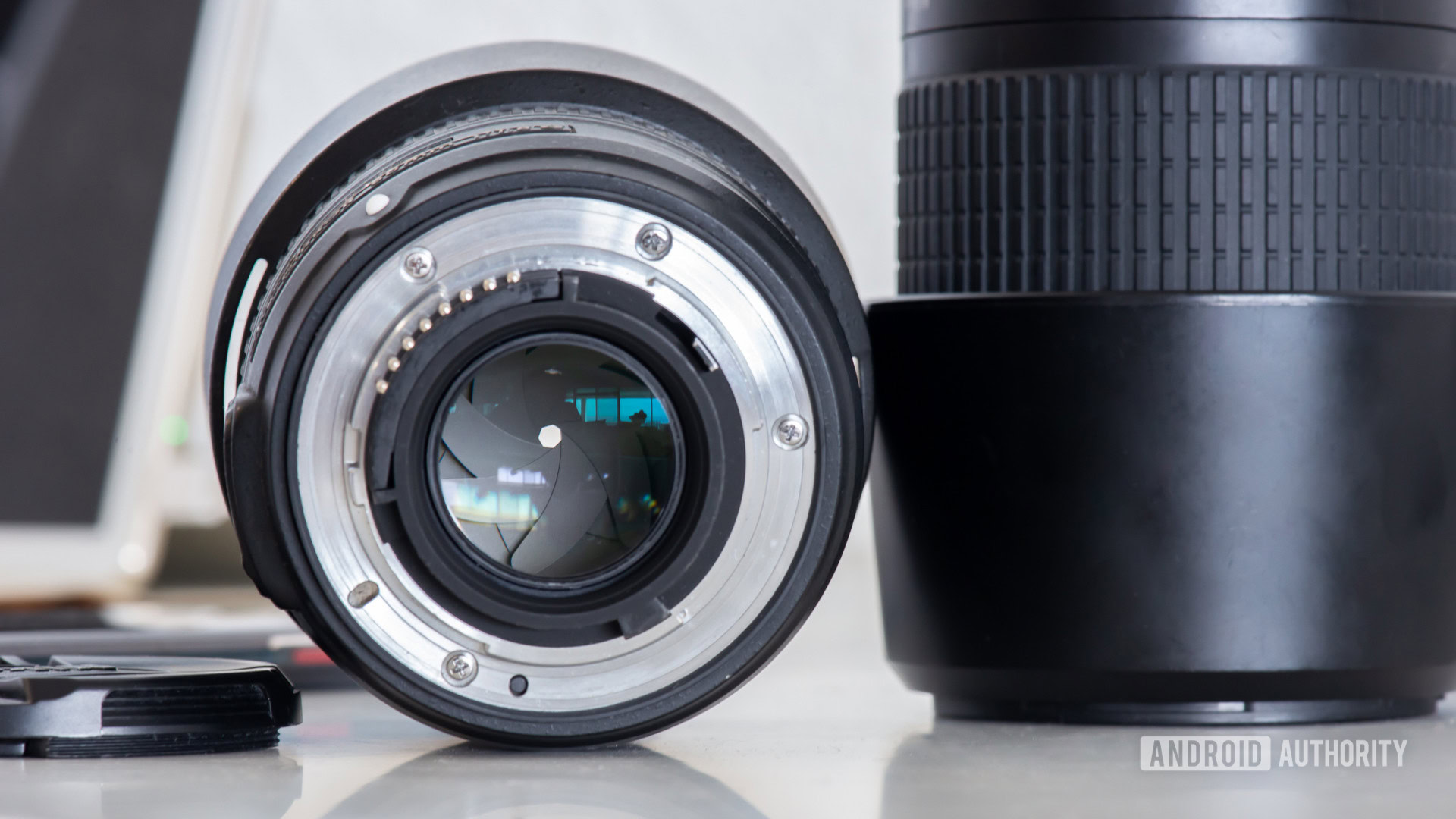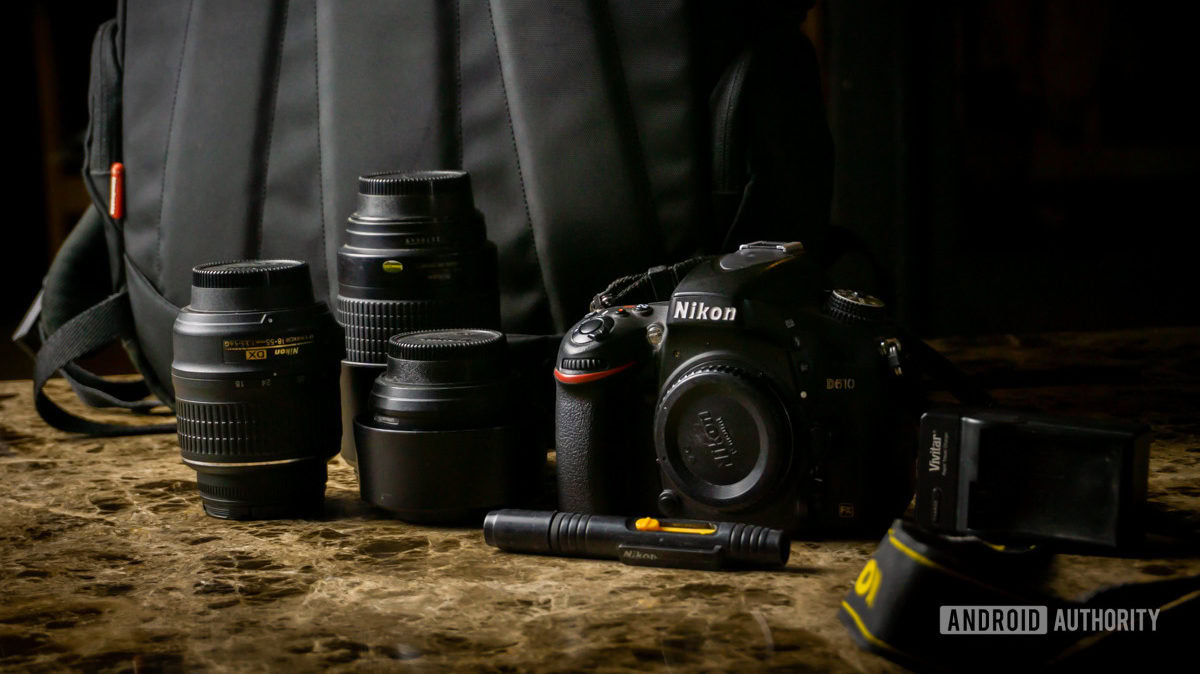Affiliate links on Android Authority may earn us a commission. Learn more.
What are the M, A, S, P camera modes?
Published onMay 31, 2024

Camera modes can be daunting when you don’t know what all those letters, numbers, and symbols mean. These are confusing when you are new to photography, but learning them will drastically improve your photography skills and help you capture what you really want. Figuring out camera modes takes some research and practice, but it’s nothing out of this world. Don’t be scared, and let us walk you through what each camera mode means.
Today, we are focusing on the four main camera modes found in most serious cameras: M, A, S, and P.
QUICK ANSWER
The M, A, S, and P in a camera represent different shooting modes. M stands for "manual," A is "aperture priority," S is "shutter speed," and P represents "program." Keep reading to understand how these modes work and how you can better take advantage of each.
JUMP TO KEY SECTIONS
Photography terms you should understand first
- ISO: The ISO represents the level of sensitivity in a camera sensor. A higher ISO will capture more light, but will also add more noise or grain to the image.
- Aperture: The aperture is the opening size through which light enters a camera. The smaller the number, the wider the aperture, and the smaller the depth of field is. A wider aperture will create more bokeh (blurry background).
- Shutter speed: Cameras have a shutter, which stops light from reaching the sensor. When a shot is triggered, this shutter opens and exposes the sensor to entering light. The time this shutter stays open is referred to as shutter speed. A faster shutter speed will freeze the moment better and avoid blur, but it will also make photos darker.
What is the M camera mode?
M stands for “manual.” As its name implies, manual mode is a camera mode in which you have complete control over every setting. To master this mode, you will need a better understanding of the fundamentals of photography. Manual mode is the most complex of all camera modes, as the photographer has to balance the desired exposure using ISO, aperture, and shutter speed.
What is the A camera mode?

The A camera mode is known as “aperture priority.” The mode’s name explains exactly what aperture priority does: it prioritizes aperture as the only setting you have to worry about.
Aperture priority is much like auto mode, but grants direct control over aperture and automates the shutter speed. Once your ISO is set, the camera will allow you to open or close aperture using a dial. The appropriate shutter speed will be determined by the camera’s light meter and set for you automatically.
What is the S camera mode?
That S in your settings stands for “shutter priority.” Just like in aperture priority, shutter priority automates other settings while giving the user control over shutter speed.
This camera mode is good for times when you want to make sure you are using a specific shutter speed to capture a scene appropriately. A clear example is when capturing light trails. This requires a slow shutter speed, and shutter priority will help you accomplish that without worrying about ruining exposure. Likewise, sports photographers might want to use shutter priority when they want to make sure they have a shutter speed fast enough to capture moving subjects.
What is the P camera mode?

No, the P doesn’t stand for “professional.” It actually means “program” mode, and it can be a convenient feature if you know how to use it. What this camera mode does is give you control over both aperture and shutter speed.
Once your ISO is set, the camera will use its light metering system to determine the appropriate exposure in your shot. You can use a dial to change your aperture, and the shutter speed will adapt to keep the exposure correct. Likewise, changing the shutter speed will result in the camera changing the aperture.
Program mode can be useful for times when scenes change often. Let’s say you are shooting a football game. You might want to take a picture of the whole team, so opening the aperture will do the trick. The next second, you might want to shoot a running player in full action, and in order to freeze the moment, you need to increase the shutter speed. Program mode strikes a balance between auto and manual mode, all while giving you more freedom than aperture priority and shutter priority.
FAQs
This happens when the light meter determines one of your settings has reached a limit. For example, if you’re taking a photo of a very dark environment, the camera will use its light meter to try to properly expose a photo. If you need a fast shutter speed, the aperture will need to be wider, but it can only open up so much due to physical limitations, so the aperture setting will start flashing on the screen, letting you know the camera can’t open it wider to expose the image properly. You’ll need to either lower the shutter speed or increase the ISO.
If you’re experienced, the best way to capture light trails, like the ones made by cars, is by using manual mode. Otherwise, you can use shutter priority and slow down the shutter speed. I would recommend 10 seconds or more.
Aperture is limited by the lens’ capabilities. If your lens is made to handle a max f1.8 aperture, it won’t be able to open any wider.There are also limitations on how small the aperture can be, which varies by lens. Also, keep in mind that many lenses reduce their max aperture the more you zoom in.